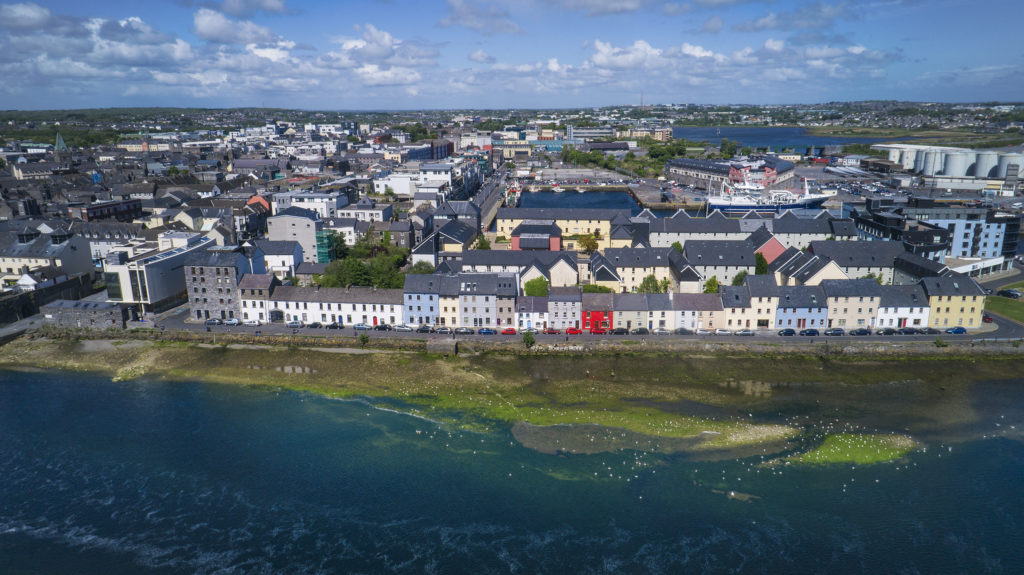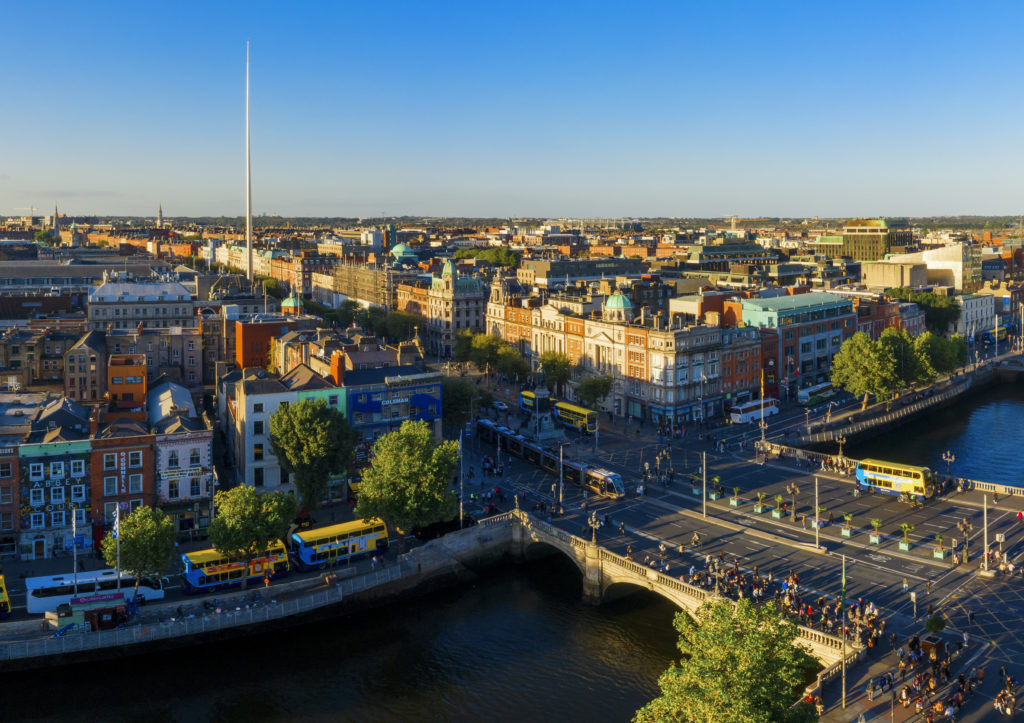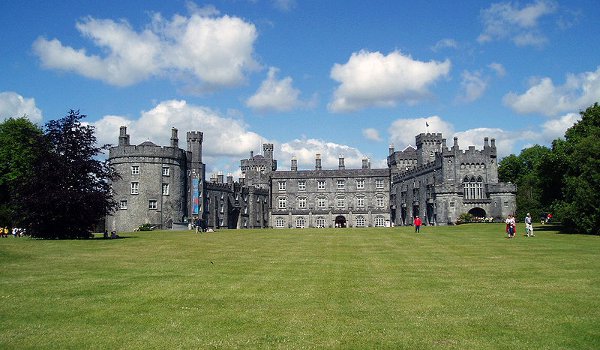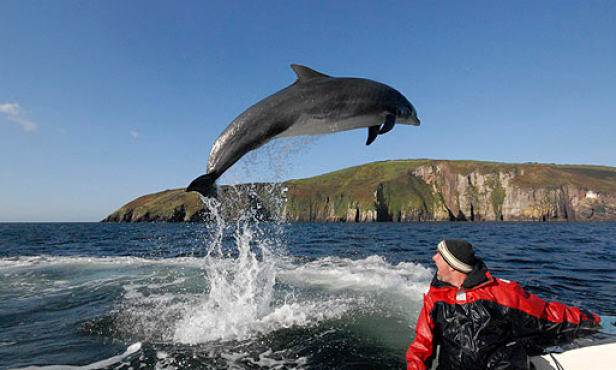IRELAND MAY be a remote island at the edge of Europe, but it is also one of the world’s most diverse creative hubs, boasting thriving cities and charming coastal towns that cater to a wide range of interests, from Dublin’s vibrant gambling and entertainment scene to the breathtaking medieval architecture of Kilkenny.
The country’s various urban centres boast an eclectic mix of old and new, combining the ancient remains of Ireland’s monastic past with the dizzying skyscrapers of cities like Dublin and Cork. Indulge in the lively arts and culture scene of cities like Galway, which is celebrated for its bohemian feel and dozens of artisanal coffee shops, or explore the rugged coastal scenery of towns like Dingle, a historic fishing port dating back to at least the 10th century. The following list of Irish cities demonstrates the versatility of this small island nation.
For the scenery: Cork
 Barleycove Beach, Mizen Peninsula, County Cork,(Getty Images)
Barleycove Beach, Mizen Peninsula, County Cork,(Getty Images)Cork’s mesmerising city centre is situated on a small island in the middle of the River Lee, and is celebrated for its inspiring scenery and breathtaking waterways that adorn vibrant strips of waterfront. Considered one of the most scenic cities in Ireland, locals often consider Cork as the country’s “real” capital owing to its surreal cityscapes and vibrant cosmopolitan feel. The city is an ideal stopover point for photographers and visitors in search of gorgeous scenery. Take a stroll along its convoluted waterways and grand Georgian avenues, or else explore an impressive array of 17th-century buildings, including highlights such as the iconic opera house. Cork is home to a world-class food scene, and the city is littered with restaurants, bars and artisanal coffee shops to choose from. The city centre is also home to a lively shopping district where you can browse popular designer brands.
For the culture: Galway
 Aerial image of Galway city (Getty Images)
Aerial image of Galway city (Getty Images)Nestled around the banks of the River Corrib and adorned with picturesque bridges and promenades, Galway is known as Ireland’s city of culture. Celebrated for its quaint pubs painted in bright colors and bohemian atmosphere, the city is a hotspot among visitors searching for trendy live music, delicious food and restaurants, and chic artisanal coffee shops. Galway’s charming cobbled streets and walkways are typically filled with street performances and market stalls selling books, musical instruments and a range of handicrafts. Explore the remains of the city’s medieval city walls, or else head to one of the many historic bunkers that line the city’s outskirts. The River Corrib is packed with salmon and is hence immensely popular among anglers. The best time to visit Galway is between May and August, when the weather is inviting and the streets vibrant with shoppers and sightseers.
For the gambling: Dublin
 Dublin aerial view with Liffey river and O'Connell bridge (Getty Images)
Dublin aerial view with Liffey river and O'Connell bridge (Getty Images)For the best of Ireland’s buzzing nightlife and vibrant gambling scene, you simply cannot beat the sprawling metropolis of Dublin, a city celebrated for its eclectic mix of ancient architecture and sleek skyscrapers, as well as its dazzling array of museums, gardens, colleges and public parks. World-class gambling and entertainment complexes in Dublin can be found at the corner of just about every street in the city centre, and include establishments like the Sporting Emporium, which sits along the city centre’s well-known Grafton Street, and the Fitzwilliam Casino and Card Club. If you have exhausted the city’s gambling options, make sure to explore online options as well, especially since these often provide better offers compared to the landline casinos. Dublin has a fascinating history dating back to the 8th century and is known for its peculiar Viking heritage and impressive medieval castles that adorn winding streets and cobbled walkways. For a taste of the city’s arts and culture scene, you may also wish to explore attractions like the Dublin City Gallery, the National Museum of Ireland, Trinity College and St Stephen’s Green.
For the architecture: Kilkenny
 Kilkenny Castle (Getty Images)
Kilkenny Castle (Getty Images)Referred to by locals as the “Marble City”, Kilkenny is known for its mesmerising display of medieval architecture and historic buildings pieced together from locally sourced limestone embedded with fossilised seashells. The city sits around the banks of the River Nore and is famous for its strip of historic architecture known as the Medieval Mile, which is home to a maze of narrow alleyways filled with the remains of ancient castles, cathedrals and buckling homesteads. One of the biggest attractions in the southeast of Ireland, the Medieval Mile runs the length of the River Nore and is surrounded by picturesque promenades and bridges. In addition to breathtaking attractions like the iconic Church of St Canice, Kilkenny boasts a vibrant arts and crafts scene, dozens of shops and restaurants and, of course, countless brightly coloured pubs.
For the seaside: Dingle Town
 Fungi the dolphin, usually spotted around Dingle, Co. Kerry
Fungi the dolphin, usually spotted around Dingle, Co. KerryLovers of the coast will delight in this quaint historic fishing port that dates back to at least the 10th century. Known for its hilly streets that tend to become crowded with avid sightseers in summer, the town boasts dozens of fresh seafood shops and pubs with adjoining handicrafts stores, meaning that you can enjoy a pint of Guinness while browsing locally made items like baskets, hats and jewelry. Located on the iconic Dingle Peninsula, the aptly named Dingle Town exudes a uniquely quaint atmosphere yet is also known for its cosmopolitan feel and vibrant arts and culture scene. Explore the town’s rugged coastline adorned with winding promenades and towering lighthouses, or else explore highlights like the Dingle Oceanworld, which includes a walk-through oceanarium tunnel, and the Dingle Distillery, a small craft distillery that offers regular tasting sessions. An Díseart is a lively Celtic cultural centre situated in a former neo-gothic convent.

